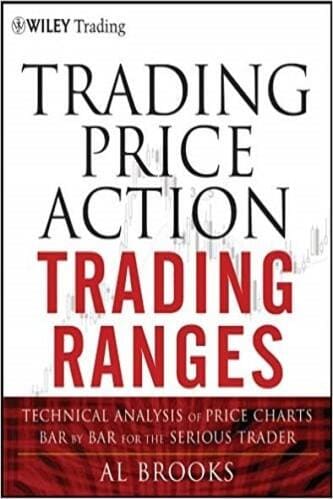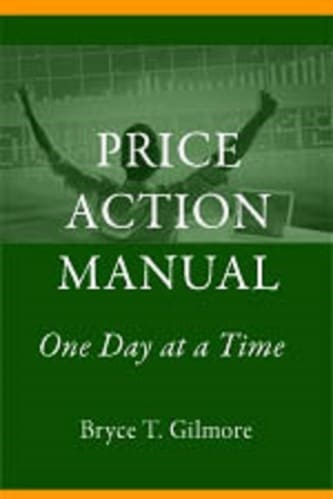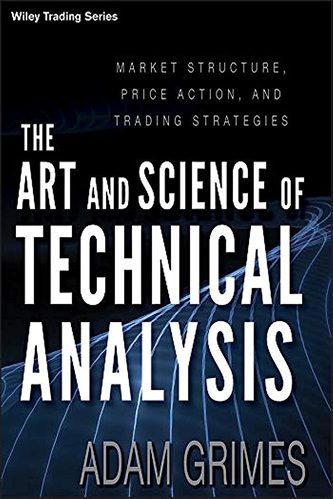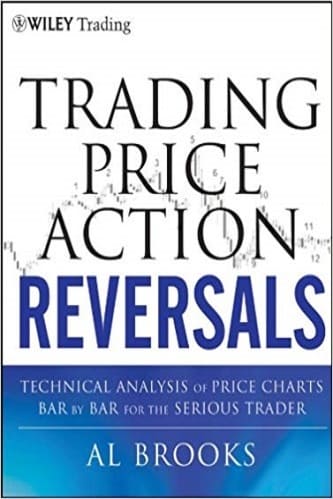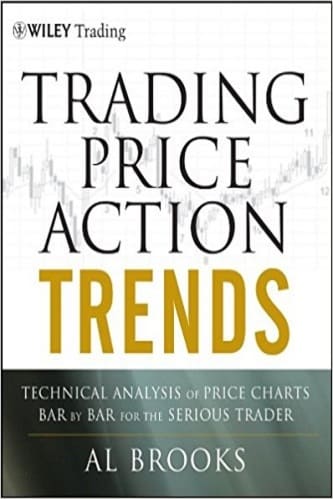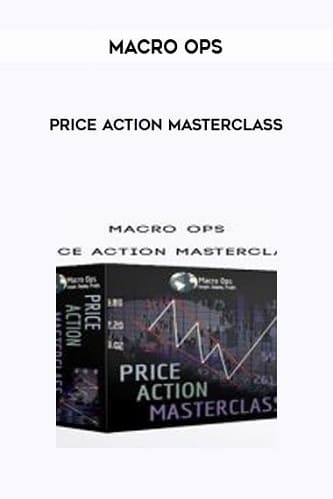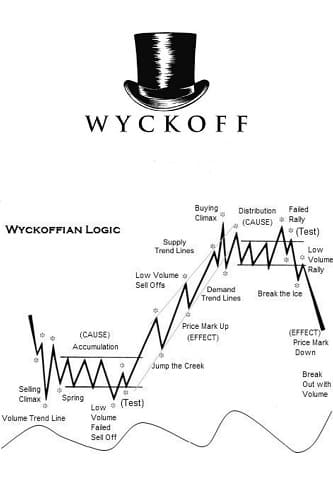Trading Price Action Trading Ranges: Technical Analysis of Price Charts Bar by Bar for the Serious Trader
$21.45
| Author(s) | |
|---|---|
| Format |
|
| Pages |
234 |
| Publication Year |
2012 |
Trading Price Action Trading Ranges will allow you to see what type of trend is unfolding, so can use techniques that are specific to that type of trend to place the right trades. This book discusses how to profit from institutional trading trends using technical analysis and outlines a detailed and original trading approach developed over the author’s successful career as an independent trader.
Author’s Introduction:
My goals in writing this series of three books are to describe my understanding of why the carefully selected trades offer great risk/reward ratios, and to present ways to profit from the setups. I am presenting material that I hope will be interesting to professional traders and students in business school, but I also hope that even traders starting out will find some useful ideas.
Everyone looks at price charts but usually just briefly and with a specific or limited goal. However, every chart has an incredible amount of information that can be used to make profitable trades, but much of it can be used effectively only if traders spend time to carefully understand what each bar on the chart is telling them about what institutional money is doing. I tried to group the material in the book in a sequence that should be helpful to traders. This Book Descirbes:
- Breakouts. These are transitions from trading ranges into trends.
- Gaps. Breakouts often create several types of intraday gaps that can be helpful to traders, but these gaps are evident only if you use a broad definition.
- Magnets, support, and resistance. Once the market breaks out and begins its move, it is often drawn to certain prices, and these magnets often set up reversals.
- Pullbacks. These are transitions from trends to temporary trading ranges.
- Trading ranges. These are areas of largely sideways price activity, but each leg is a small trend and an entire trading range is usually a pullback in a trend on a higher time frame chart.
- Order and trade management. Traders need as many tools as possible and need to understand scalping, swing trading, and scaling into and out of trades, as well as how to enter and exit on stops and limit orders.
- The mathematics of trading. There is a mathematical basis for all trading, and when you see why things are unfolding the way they do, trading becomes much less stressful.
Contents:
- Breakouts: Transitioning into a New Trend
- Magnets: Support and Resistance
- Pullbacks: Trends Converting to Trading Ranges
- Trading Ranges
- Orders and Trade Management
Trading Price Action Trading Ranges: Technical Analysis of Price Charts Bar by Bar for the Serious Trader By Al Brooks pdf

